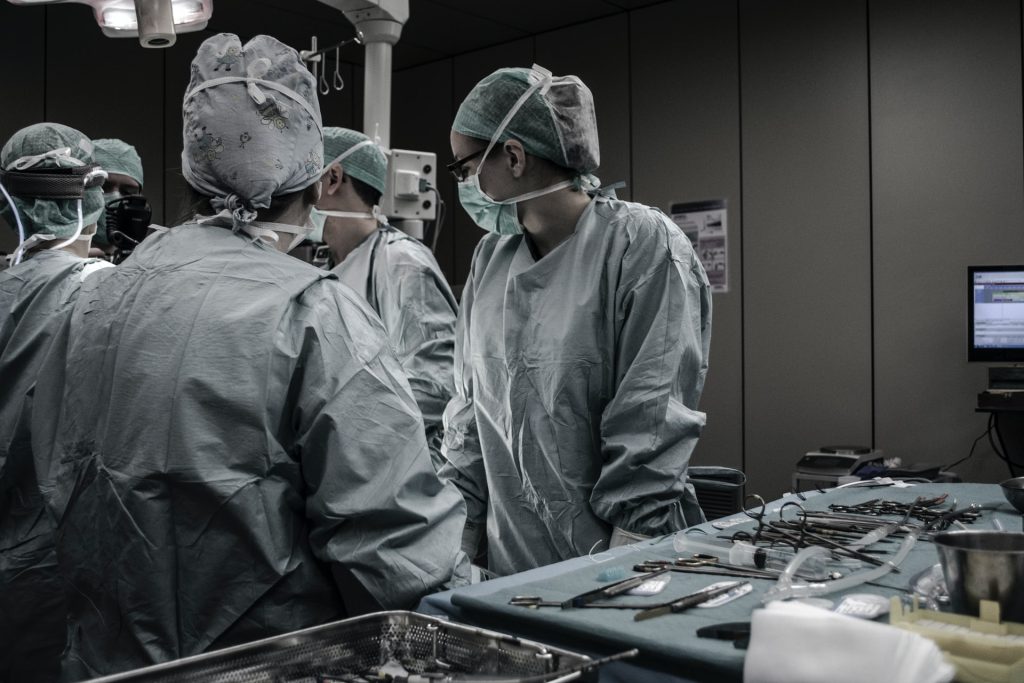Green Tea Extract may Reduce Uterine Fibroids

In a pre-clinical, proof-of-concept study from Johns Hopkins Medicine, researchers found that epigallocatechin gallate (EGCG), a green tea compound with powerful antioxidant properties, could be promising for both treating and preventing uterine fibroids. Results of the study, appearing in Scientific Reports, add to growing evidence that EGCG may reduce fibroid cell growth, though the study is still at an early stage. The study was specifically designed to identify the biochemical mechanisms responsible for EGCG action in fibroid cells.
The investigators emphasise that their study involves in vitro human fibroid cells treated with EGCG extract to explore the possibility of oral EGCG supplementation as a therapy, rather than just drinking cups of green tea as a preventative measure for uterine fibroids.
“The purpose of this study was to examine how EGCG works to treat and prevent uterine fibroids,” says James Segars Jr., MD, professor of gynaecology and obstetrics. “There is no standard protocol for uterine fibroid disease management or prevention, no tools to prevent their growth, so finding a safe nonsurgical therapy is important.”
Uterine fibroids are the most common benign tumours of the uterus. Made up of smooth muscle cells and a large matrix of connective tissue, the fibroids range in size from nearly microscopic to bulky masses that can enlarge and distort the uterus.
An estimated 77% of women will develop fibroids in their lifetime, most of them by age 50. Black and Hispanic women develop them at 1.5 to two times the rate of white women.
While many people with uterine fibroids are symptom-free, about 25% experience significant symptoms including heavy uterine bleeding, pelvic pain and infertility. In addition to complete removal of the uterus, surgical treatment may include various means of removing fibroid tumours from the uterine wall.
For the new study, researchers used laboratory cultures of uterine fibroids collected from living patients. Because uterine fibroid cells have a large extracellular matrix compared to normal cells, researchers designed their experiments to see if treatment of cells with EGCG affects protein expression associated with this matrix. Specifically, they studied fibronectin, a matrix protein; cyclin D1, a protein involved with cell division; and connective tissue growth factor (CTGF) protein.
Cells were dosed with 100mmol/L of EGCG in growth media for 24 hours, and then a Western blot was performed. In this study, researchers looked for levels of cyclin D1 and CTGF proteins in EGCG-treated fibroid cells compared to untreated cell.
They found that EGCG reduced protein levels of fibronectin by 46% to 52%, compared with an untreated controls. They also found that EGCG disrupted pathways involved in fibroid tumour cell growth, movement, signalling and metabolism, and they saw up to an 86% decrease in CTGF proteins compared with the control group.
“The results from this study show that EGCG targets many signalling pathways involved in fibroid growth, particularly the extracellular matrix,” says study lead author Md Soriful Islam, PhD, MSc. “EGCG supplements could be an easily accessible and natural way to relieve symptoms and slow fibroid growth.”
These results lend support to the FRIEND study, an ongoing clinical trial of EGCG in women with fibroids who are seeking pregnancy. While results from this study show promise, researchers caution that more studies need to be done, and consumers should not try to self-dose with green tea supplements. Future research on EGCG will include clinical trials with large and diverse patient groups to determine optimal doses as well as possible side effects of EGCG supplementation.
Source: John Hopkins Medicine



